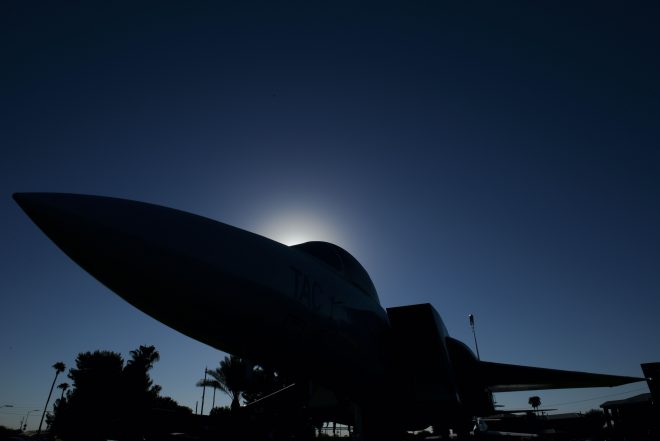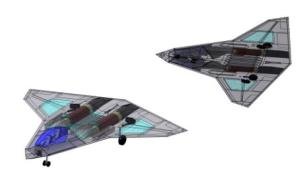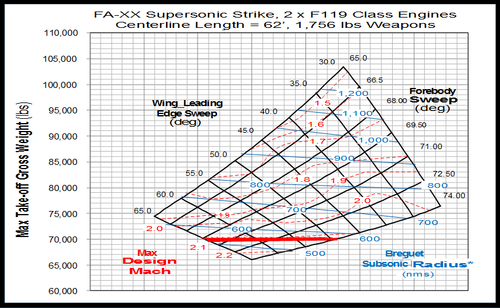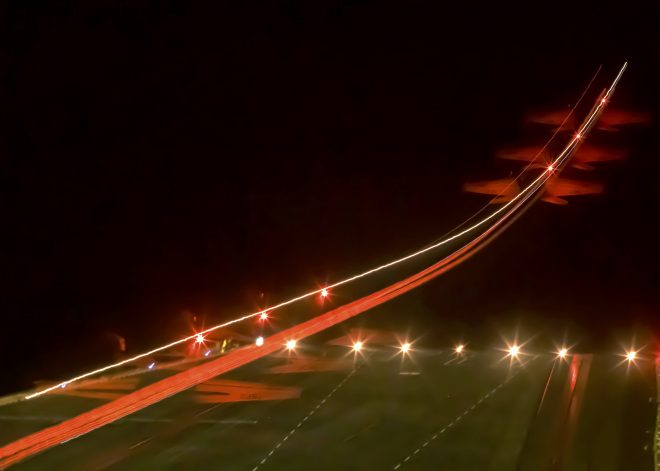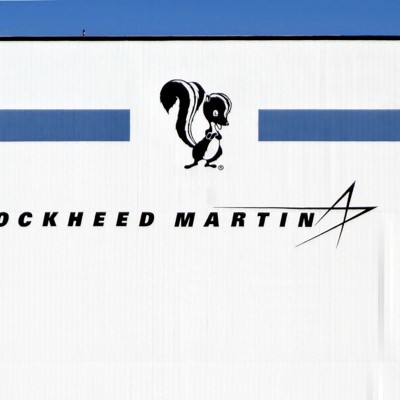Based on the movements of senior DOD officials, CRS assesses the first flight came on or about August 21, 2020.
Some news sources have referred to this event as the first flight of a new fighter, and speculated as to the design and characteristics of such a fighter
[...]
There appears little reason to assume that
NGAD is going to yield a plane the size that one person sits in, and that goes out and dogfights kinetically, trying to outturn another plane—or that sensors and weapons have to be on the same aircraft
[...]
Ultimately, that vision could result in firms specializing in design that pass their designs to high-tech manufacturing centers capable of producing anything sent to them in
digital form, rather than maintaining dedicated airplane factories. Companies with global logistics chains could be
tasked with the sustainment mission. This reallocation of roles could open Air Force programs to firms that are not traditional military aviation primes.
[...]
This concept complements the Air Force’s other goal, to move from long programs to short runs of different aircraft, theoretically made possible and economical by flexible
production lines. This might lower sustainment costs because they would be replaced by newer designs rather than being kept in service for long periods. This effort is
often referred to as the “digital Century series,” referring to simultaneous Air Force development programs of the 1950s
and 60s.
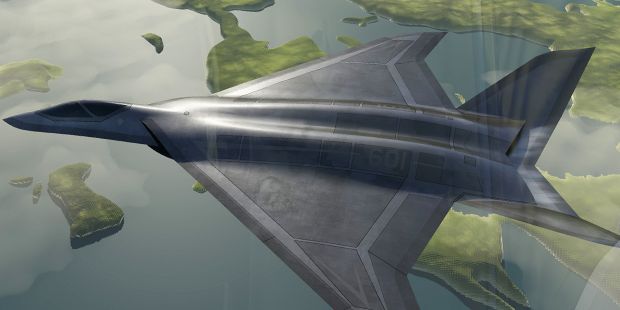
 www.popularmechanics.com
www.popularmechanics.com


